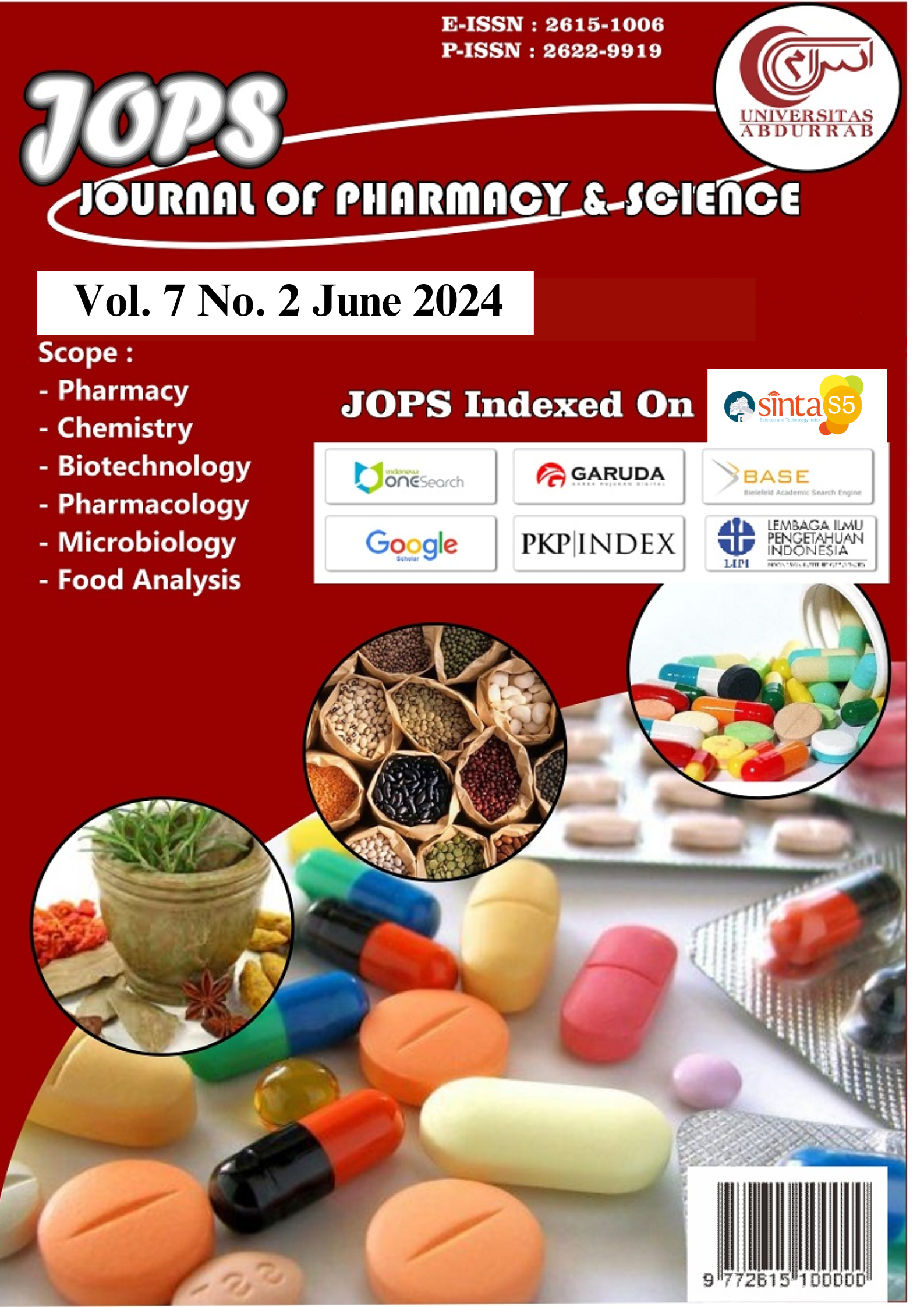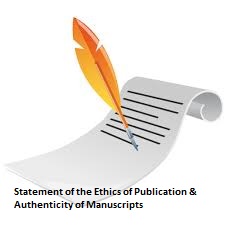Factors Related to Blood Pressure Control of Hypertensive Patients Using Captopril and Amlodipine
DOI:
https://doi.org/10.36341/jops.v7i2.4475Keywords:
hypertension, captopril, amlodipine, targeted therapyAbstract
Objective: Captopril and amlodipine are the antihypertensive drugs most widely used in primary health care facilities to control blood pressure in hypertensive patients, however, blood pressure control is influenced by many factors other than drug use. This study aims to analyze the differences in the effectiveness of captopril and amlodipine as well as factors related to controlling blood pressure in hypertensive patients
Methods: The research design used cross-sectional correlational analysis using accidental sampling at two community health centers in the city of Palembang. Data sources are secondary data (medical records) and primary data (MMAS-8 questionnaire). Effectiveness is assessed by reducing systolic and diastolic blood pressure. Data were analyzed using descriptive statistics, Mann-Whitney and chi-square tests.
Results: The research subjects were 94 people. The difference in the effectiveness of captopril and amlodipine using the Mann-Whitney test showed p=0.625 for systolic blood pressure and p=0.916 for diastolic blood pressure. The results of the chi-square test showed that the factors age (p=0.035), presence of comorbidities (p=0.015), accuracy of drug selection (p=0.009), medication compliance (p=0.011) were related to blood pressure control, while the gender factor (p=0.418 ), degree of hypertension (p=0.095), duration of therapy (p=0.074) and type of medication (p=0.216) were not related to blood pressure control.
Conclusion: There was no difference in the effectiveness of captopril and amlodipine in this study. Factors related to blood pressure control are age, presence of comorbidities, choice of medication and adherence to medication
Downloads
Downloads
Published
How to Cite
Issue
Section
License
1. Copyright of all journal manuscripts is held by the JOPS (Journal Of Pharmacy and Science)
2. Formal legal provisions to access digital articles of electronic journal are subject to the provision of the Creative Commons Attribution-ShareAlike license (CC BY-NC-SA), which means that JOPS (Journal Of Pharmacy and Science) is rightful to keep, transfer media/format, manage in the form of databases, maintain, and publish articles.
3. Published manuscripts both printed and electronic are open access for educational, research, and library purposes. Additiponally, the editorial board is not responsible for any violations of copyright law.
licensed under a Creative Commons Attribution-ShareAlike 4.0 International License.










